Museums would be smart to incorporate NFT art in their collection
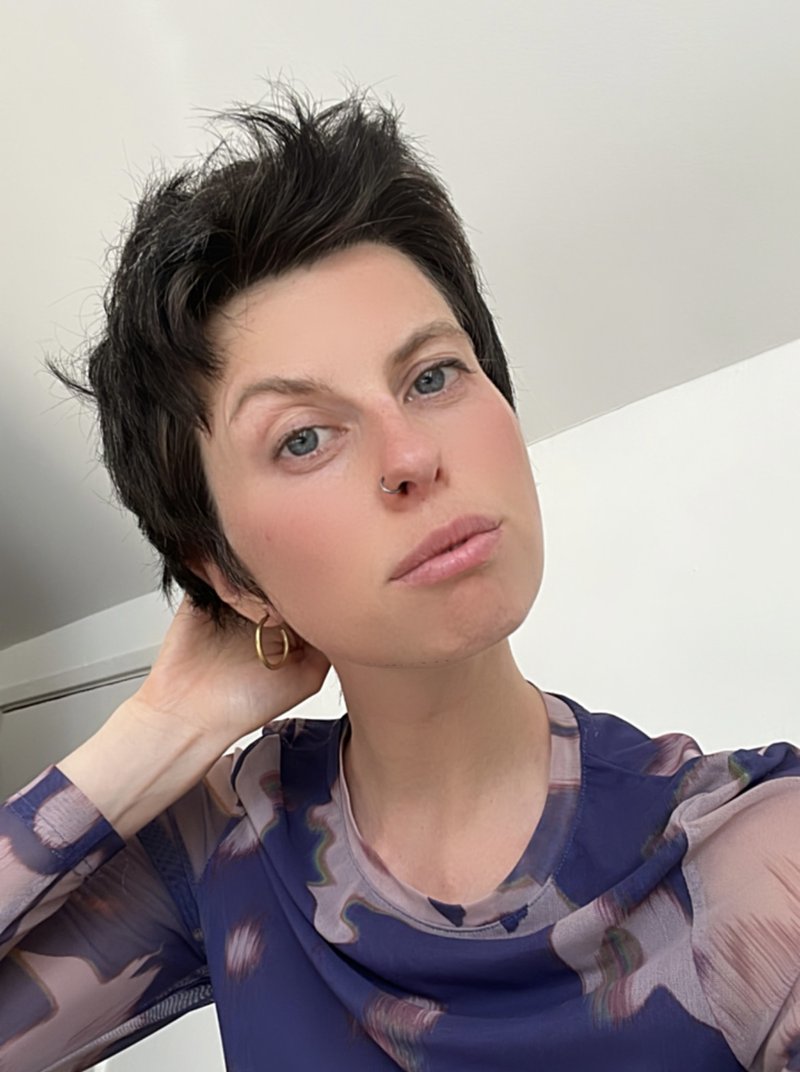
Interview with Alice Scope, CIMAM 2021 Travel Grant beneficiary, Curator, and Vellum LA's Cultural Producer international art curator and Vellum LA's Cultural Producer. Originally written by Mireia Azuara, Press & Communication, CIMAM.
Alice Scope is an international art curator and Vellum LA's Cultural Producer. Originally from Kyiv, Ukraine, Alice has over five years of experience working for contemporary and meta modern galleries in the US and Europe. She explores the topics of posthumanism and human psychology and is excited about work that pushes the boundaries between reality and fantasy. She is also the founder of the Web3 curatorial studio called "Cultural Policy".
Could you tell us when you were first interested in digital art and what interests you in digital art, specifically in NFTs?
My relationship with digital art started in 2017 when I ran a space in Kyiv called AKT, where we performed in Virtual Reality (VR). VR is the medium that led me to expand upon my curiosity and creativity in digital art. During my time with AKT, I was given the opportunity to travel to Kenya, Africa, to volunteer at a local school. It was there that I sowed the seeds of inspiration through my experience of creating a program for kids with the local community called Risa Today that incorporated VR in school lessons. For many children, it was their first time navigating and exploring different worlds using VR technology.
I became interested in pushing the boundaries of possibilities with VR – what else can be built and done in a virtual world beyond what already existed. Prior to this experience, my involvement with the Arts was largely with traditional art formats, and curated mainly sculpture, photography, and painting exhibitions. In fact, my first show was a photography exhibition about the Russo-Ukrainian conflict in 2014.
It was following that exhibition that I started painting in VR. The pandemic provided a space for us to explore and push the boundaries of VR, and it was during this time that I worked on my first speculative digital art project ‘Webtaura’ in collaboration with Ukrainian artist Snizhana Chernetska. Webtaura the cyborg was born out of this collaboration and introduced to the world in 2020.
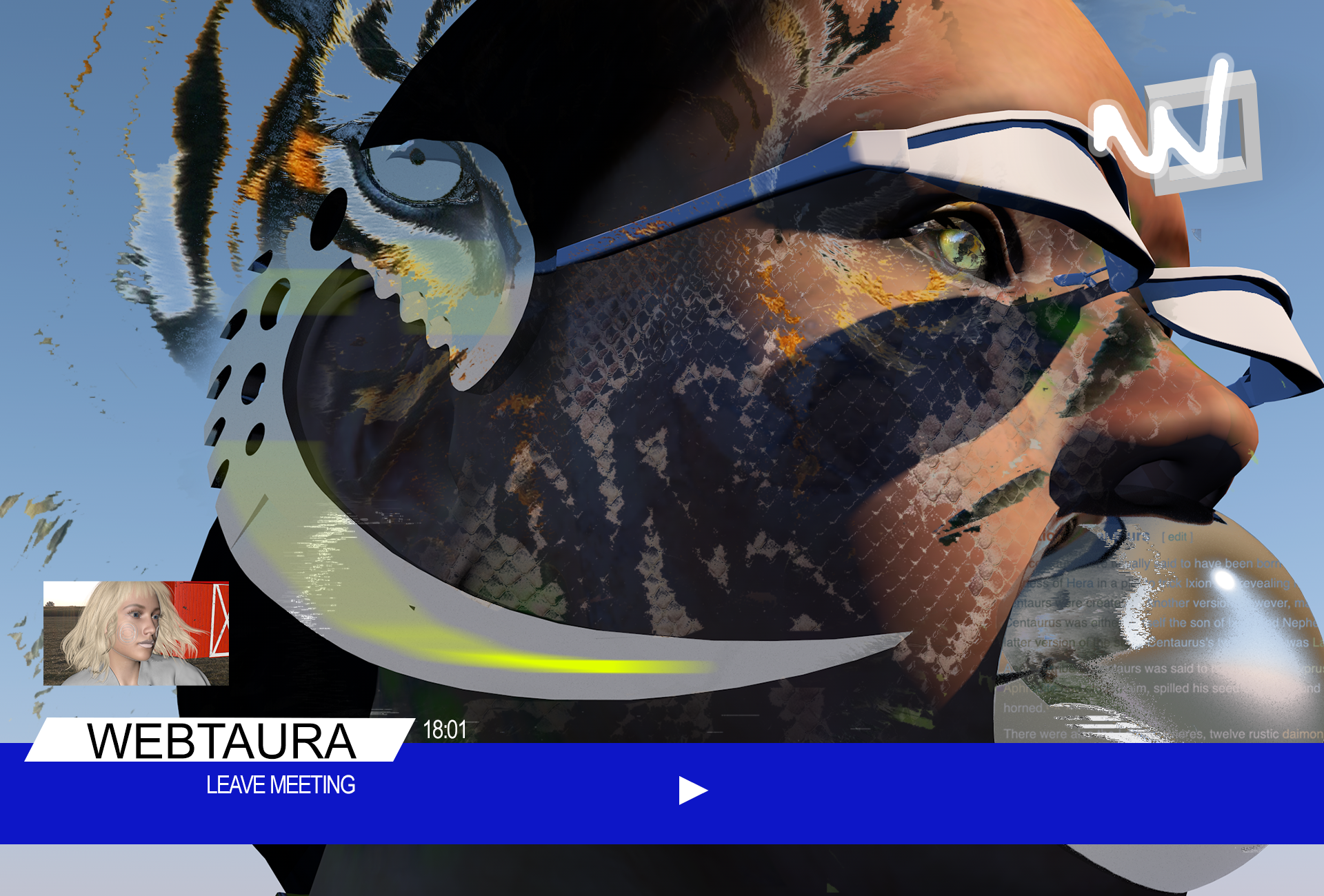
Recognizing the limitations imposed bythe pandemic on in-person gatherings, I naturally explored various ways of hosting online exhibitions. My topic of interest at the time in my research was on posthuman bodies connected to human psychology. Naturally, this led to my next project being Posthuman Island, an online gallery hosted on a digital island. On this island I created individual cabins for artists to house and showcase the posthuman entities they created.
Before NFTs, making a living off digital art pieces was a challenging feat for many artists in this space. It usually involved creating content for brands or doing commissioned work, rather than a focus on the artists’ voice. Even just three years ago, it was a challenge having to explain why someone should buy a digital artwork when they could access it on the Internet for free.
When NFTs came along, they gave artists I worked with an opportunity to make money with their art. Then I realized that NFTs could benefit digital art and digital curators and have substancial positive impact on the art market.
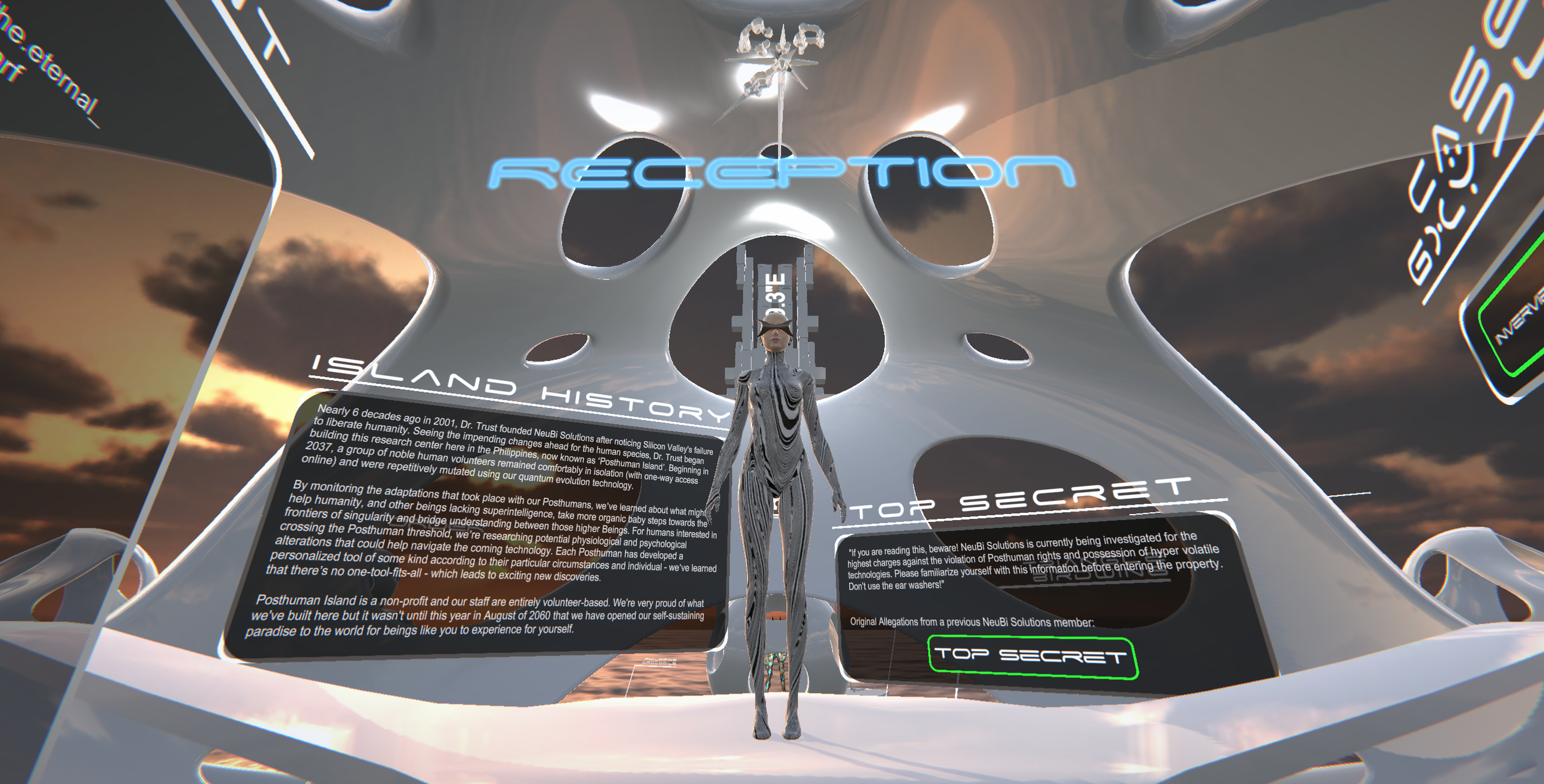

Do you think the pandemic boosted the role of the digital curator?
For me, it is a little bit different as I had already been working in the digital space before it became the only option during the pandemic. But yes, many curators and artists had to adapt to this new reality.
We saw many gallery and museum exhibitions moving online, many starting with a simple website featuring works of artists. That was interesting to me because I had been working in the field of digital art for a while, and suddenly there was more interest in it, and museums, curators, and galleries became more digital. However, it was still a big issue for many traditional artists because physical art is meant to be experienced in person.
Even in the digital age, the role of the curator is still essential. A good curator can bring meaningful "research" to the room. A bad curation would be to focus solely on the ego. lol
Tell us about the NFT gallery you work with right now and what you've been up to?
As of early 2022, I started working in a physical NFT gallery in Los Angeles called Vellum LA. Our main goal is to expand our online community to include those who are used to frequenting a physical art space.
We just had an opening last Friday of the exhibition called "Hotel Blue". I curated this exhibition to fundraise for my home country Ukraine.
Hotel Blue explores the concept of home and community for the future "us"––the virtual beings of tomorrow. The exhibition features works by eight women, non-binary, and queer artists from six countries worldwide. Some of them have never sold their work as NFT or have only recently done so.
All works will be available for purchase as Tezos NFTs on Rarible.
In partnership with Nova Ukraine, most of the proceeds from this exhibition will support real humans from Ukraine who lost their homes during Russia's invasion.

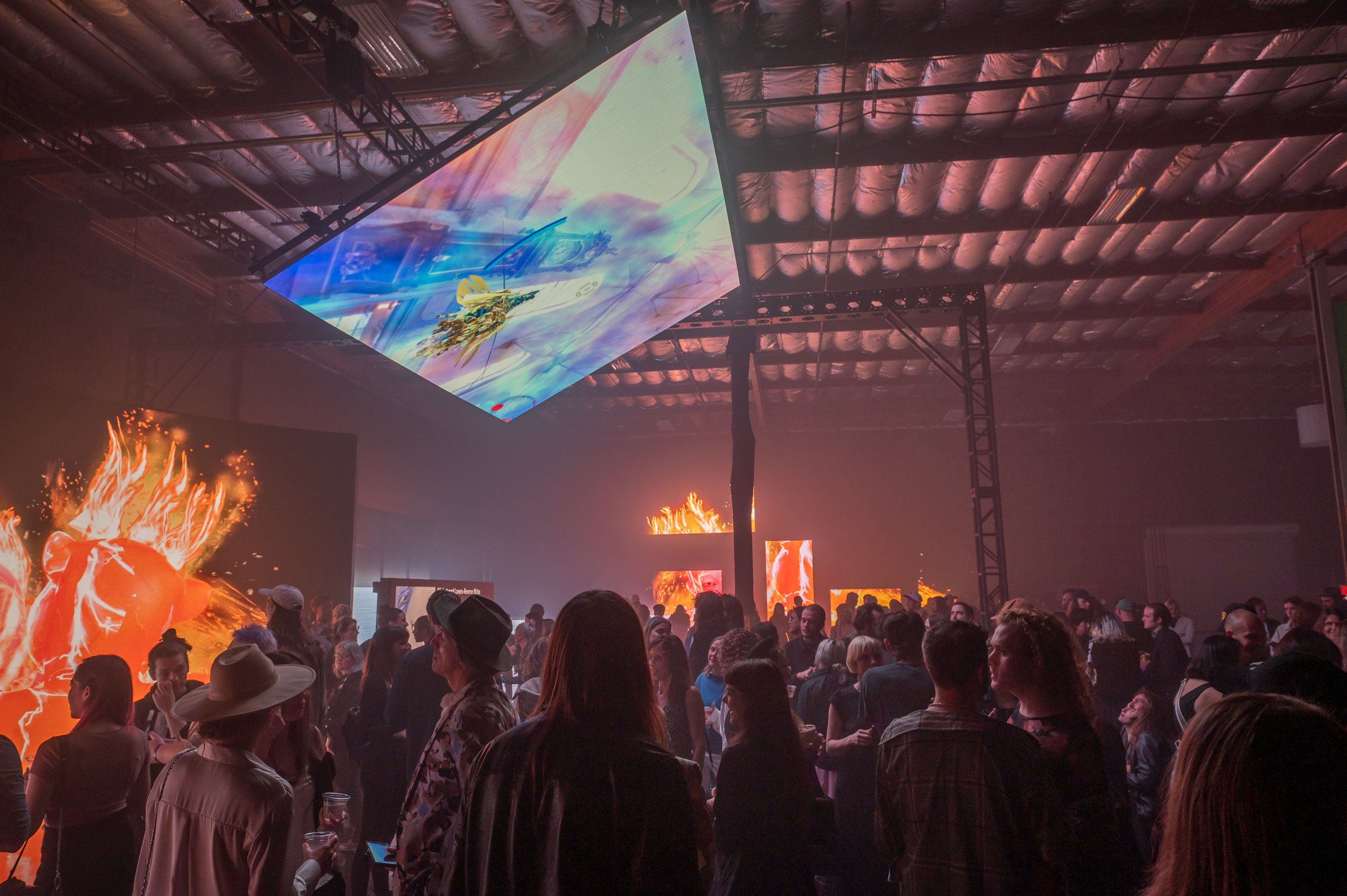
NFTs for good?
NFTs have proven to be an effective way to raise money. So NFTs can definitely be used in a positive way to save people's lives, such as by helping Ukrainians who have lost their homes because of the brutal Russian invasion.
For example, Nicolas Sassoon, a well-known Franco-Canadian artist, created the work 'Sunrise' with two color palettes, blue and yellow, to support Ukrainians affected by the war, with thousands of editions priced at one XTZ per copy ($3USD). At such an affordable price, it was successful in garnering plenty of support to raise funds for those impacted by the war.
Another excellent example of NFTs for Good is the Metahistorical Museum of War. As part of the project, many artists have donated their works as war diaries. So far, more than 1,000 works of art have been sold, and $788 000 has been raised to help the country.
I’d also like to share another example of this, which is the Operation Sunflower project. The group of Ukrainian IT activists affected by war, in partnership with @savelife.in.ua, decided to help Ukrainian Civil Defenсe Forces by collecting funds for purchasing body armor. They transform digital assets into valuable physical pieces that will help save peoples' lives.
1 Digital NFT Element = 1 Physical Body Armor. They raised around $10 000.
What paradigms do we need to understand if we want to enter the NFT art space?
Common in conversations even to date is how NFTs are bad art, but the focus is misplaced; they're a way of delivering art, selling art, regulating artists' rights, and much more.
Honestly, I would recommend you collect at least one NFT. So it will give you an idea of how it works.
For the artists, I would recommend to mint their work. Just experience it to learn about the process.
As a curator working with this new digital format, what are your tools for educating the public through NFT?
That is something that I continually explore in my career with Vellum. The main question is: how do people who come to the exhibition buy the works of digital art? It can be challenging even if you are familiar with the market. In my case, as a Ukrainian, I cannot buy crypto on the MoonPay platform because they don't accept Ukrainian IDs. It is claimed that the cryptocurrency market is a decentralized system, but it is not.
Educating people about NFTs is a challenge that we are continually tackling head on. Currently, in our gallery, we have a digital kiosk where people can find information on how to create a wallet via QR code, buy crypto and purchase NFT. So, for example, one Ethereum costs about three thousand dollars, and one Tezos costs about three dollars. But, of course, there are many more practical steps to be taken to guide people through the purchasing experience of digital art. We always try to find fun ways of doing this as well that include throwing events with music and libations, thus providing people with a safe and fun space to have meaningful discussions.
What do you think will be the place of NFTs in relation to museums, and how do you think NFTs can influence the way museums collect, conserve and exhibit these kinds of formats?
We are already observing NFTs making their ways into museums in Los Angeles, some through collaborations between traditional and online galleries. For example, LACMA's Art + Tech Lab has collaborated with the Epoch Gallery to create a virtual exhibition that will be minted as an edition of non-fungible tokens on the Algorand blockchain. The exhibition's virtual landscape, an artistic digital creation, is inspired by the construction site of LACMA's east campus, where the forthcoming building for the permanent collection is slated to debut, and neighboring locales around Wilshire Boulevard in Los Angeles. The entire virtual exhibition called ECHOES, including the artworks by the participants is released as a single NFT, with profits and royalties split amongst participating parties.
I think it is a good move for museums to start incorporating NFT art into their collection. Museums should adapt, and, in my opinion, should pay attention to and showcase much great work being done in the digital realm.
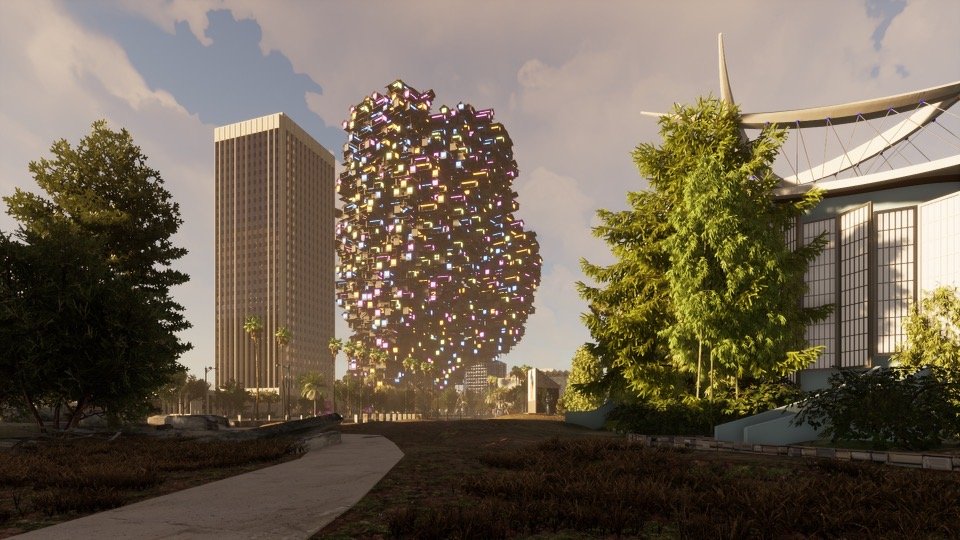
Do you think there should be the figure of the art curator on digital platforms, on the Internet? If the future of art goes hand in hand with NFT, how do you see the future role of curators?
That's my job, and yes! The curator has a valuable role. Curators do not just collect and manage works of art, but they develop and investigate concepts in art. The value of curating shouldn't be just to collect and exhibit works but also in having the ability to talk about an important subject in real-time and include the artists who also deal with it. Curators can also ensure that the artists get enough exposure.
The role of the curator has been misunderstood in many ways, especially now, because what many curators do is collect some existing works and exhibit them. As a result, the curation lacks cohesion thematically.
From my point of view, online curating is very valuable because even in the exhibition I curated, the artists have been able to reflect on themselves. They don't know each other, but they have this big piece together. It's like being together in a collective work. It's a jigsaw puzzle.
The technology we have in the gallery is specifically for displaying digital art. They have Museum-grade LED (0.9mm - 1.2mm pitch) display for digital art and NFTs with 48-bit color processing, and artists are excited to see their work in a physical space and on a giant panoramic screen. For many digital artists, being able to observe how people interact with their work in physical space is a new inspiring avenue that helps to inform their future work.
Should digital art only be exhibited on digital platforms?
Why have an NFT gallery in real life if the main goal of all digital art is to be strictly digital and online? Again, I can only speak from my own perspective and experience, as I work literally in a physical space for digital art, and our main goal is to build a community online and in the real world. Galleries like Vellum serve that purpose.
There's also a series of gatherings, like NFT Tuesday in Los Angeles, for people interested in NFTs. So digital art benefits from physical presence in some similar overlaps traditional forms of art do.
Do you think the future of art will follow the influence of NFT?
What is happening now is that many renowned artists are joining the NFT space. I don't know if the future of art is NFT, but I can say that NFTs are showing some positive impacts on the art market and create opportunities for artists who are finally fairly profiting from their work. It is possible that another form of art might emerge because everything is continuously evolving, and technology progresses rapidly.
Join the CIMAM community and share your projects and reflections as a museum director or curator with all professionals in the museum sector.